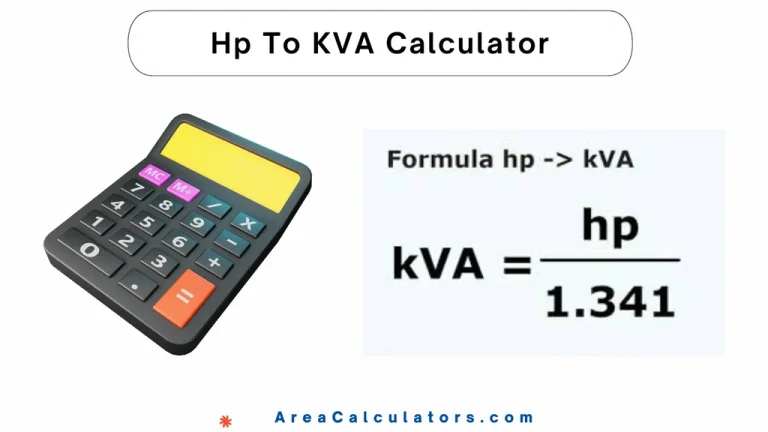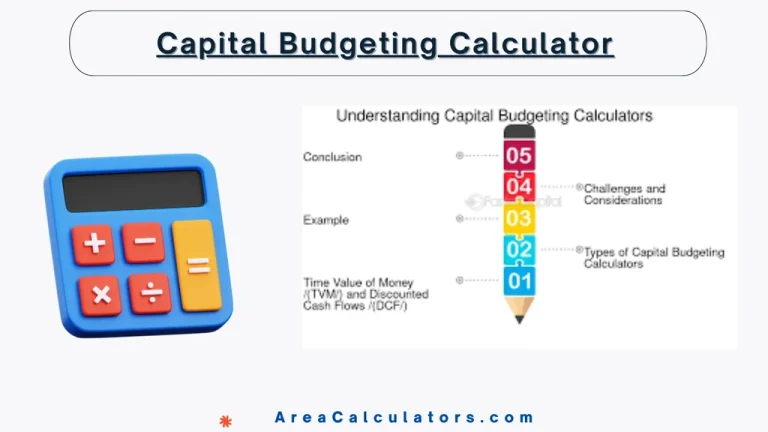Line Capacity Calculator
To calculate line capacity, divide 1440 by the sum of cycle time (T) and setup time (t), then multiply the result by efficiency (E).
The Line Capacity Calculator is an essential tool for optimizing production lines, fishing reels, or any system that involves line-based capacities. It calculates the maximum load or throughput a line can handle, ensuring efficiency and preventing overloading.
Formula
C = 1440 / (T + t) × E
| Variable | Description |
|---|---|
| C | Line Capacity (units per day) |
| T | Cycle Time (minutes per unit) |
| t | Setup Time (minutes) |
| E | Efficiency (as a decimal, e.g., 0.85 for 85%) |
Solved Calculations
Example 1: Calculating Line Capacity in a Production Line
| Step | Value |
|---|---|
| Cycle Time (T) | 20 minutes |
| Setup Time (t) | 40 minutes |
| Efficiency (E) | 90% (0.9) |
| Line Capacity (C) | 1440 / (20 + 40) × 0.9 = 21.6 units/day |
Example 2: Determining Line Capacity of a Fishing Reel
| Step | Value |
|---|---|
| Cycle Time (T) | 15 minutes |
| Setup Time (t) | 25 minutes |
| Efficiency (E) | 80% (0.8) |
| Line Capacity (C) | 1440 / (15 + 25) × 0.8 = 28.8 units/day |
What is Line Capacity Calculator?
The Line Capacity Calculator is a versatile tool which is designed to determine the amount of fishing line or material a reel, spool, or pipe can hold.
For fishing enthusiasts, it provides precise calculations of line capacity based on reel size, line diameter, and type, such as monofilament or braided line.
Engineers and manufacturers use this tool to estimate the capacity of pipelines, transmission lines, or production systems.
To calculate line capacity, users input variables like reel diameter, line thickness, or spool size. For instance, a fishing reel with a capacity for 150 yards of 0.30 mm line can hold more or less line depending on adjustments to diameter or material type. For engineering applications, capacity can be adjusted for flow rates or material density.
This calculator is indispensable for fishing hobbyists, industrial engineers, and production planners seeking accurate and quick capacity estimates. It ensures optimal material usage and efficient planning.
Final Words:
In short, the Line Capacity Calculator simplifies complex calculations, making it easier to determine line or reel capacity for various applications. It saves time and ensures accuracy for both recreational and professional use.




